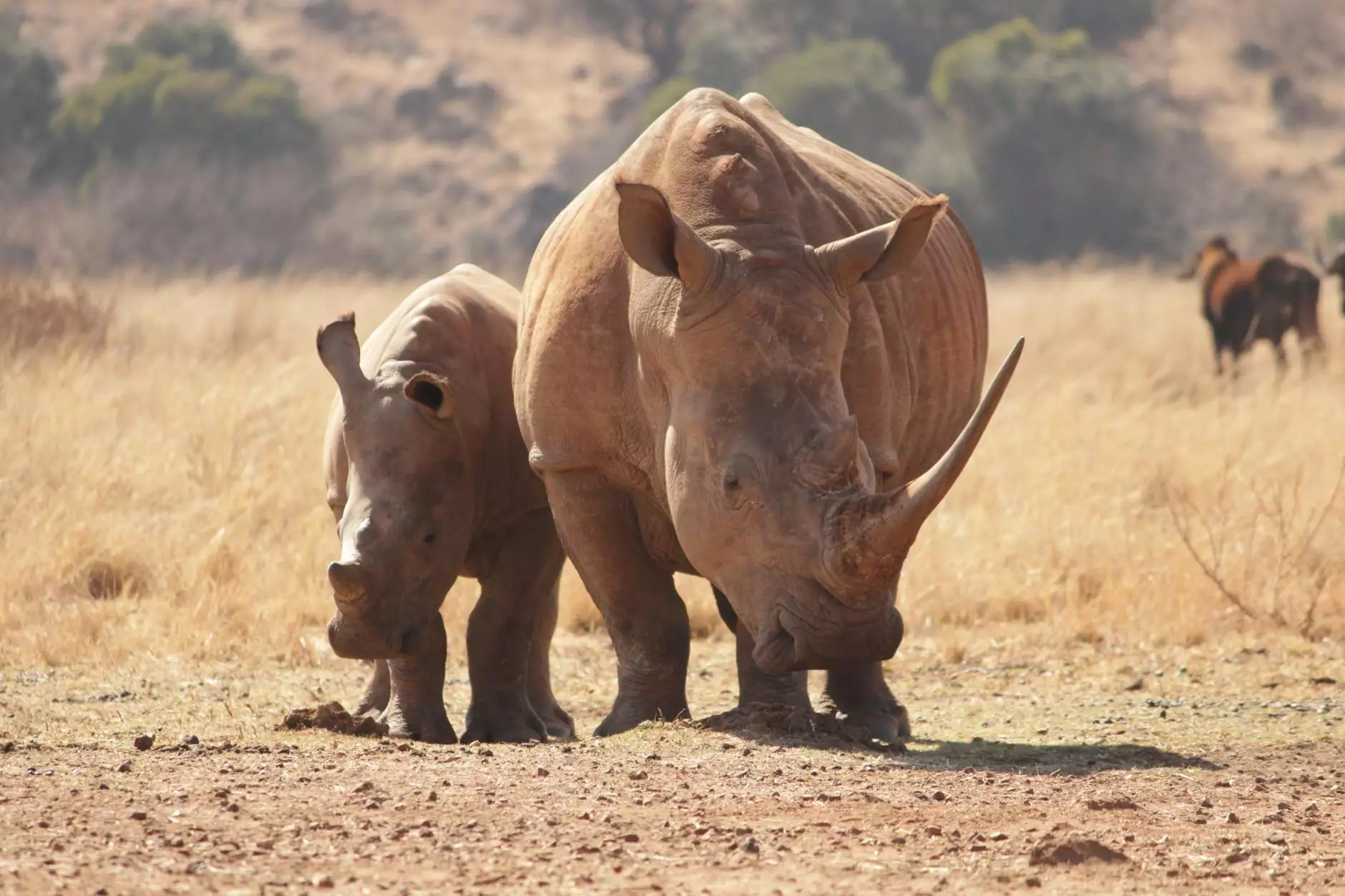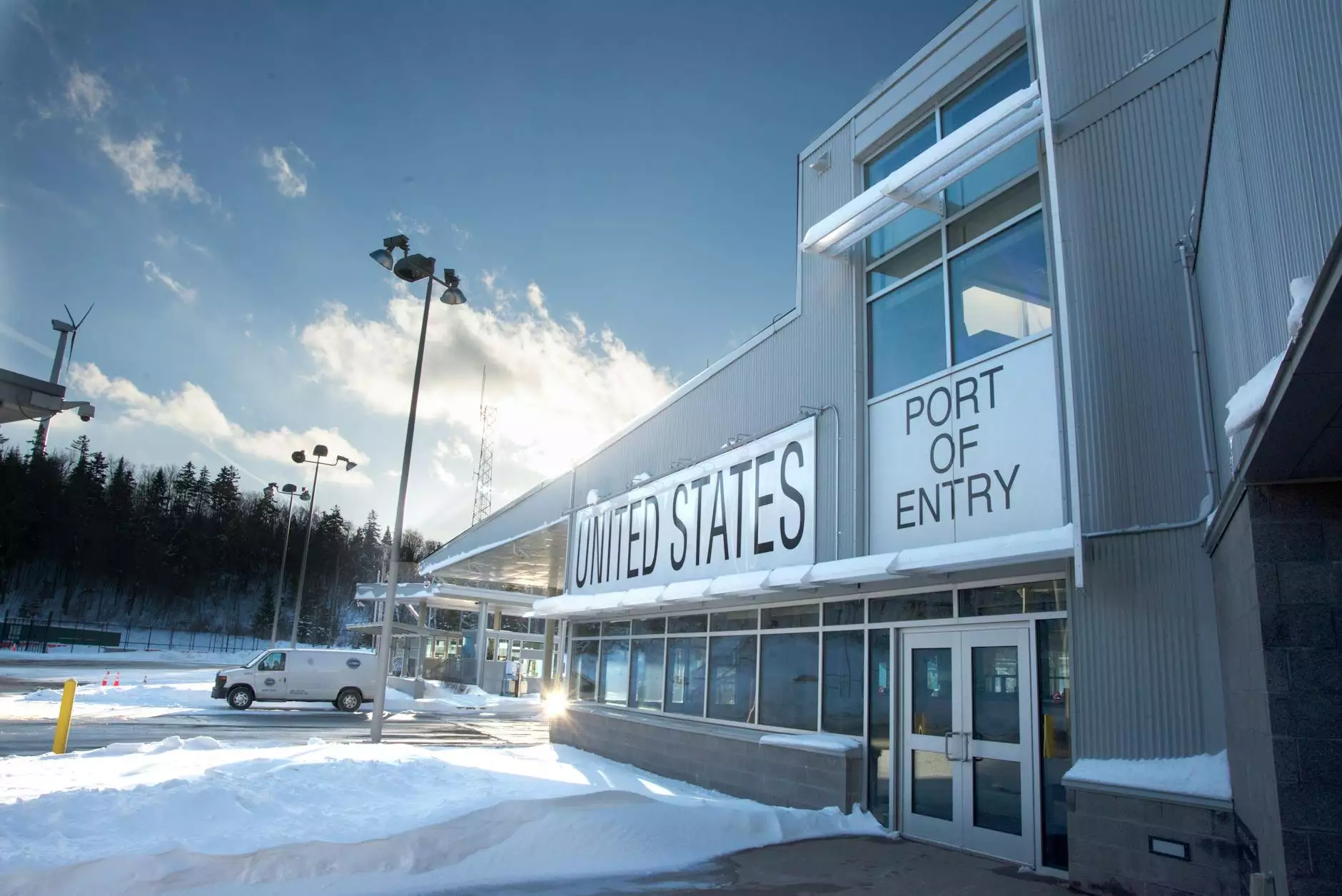Discussion on the State of Migration in East and Horn of Africa
Events
Welcome to Greater Carolinas Womens Center, where we aim to provide valuable insights into pressing global issues. In this article, we delve into the complex topic of migration in East and Horn of Africa. Throughout this comprehensive discussion, we will explore the challenges, causes, and potential solutions surrounding this critical issue.
Understanding the Scope of Migration
Migration plays a significant role in shaping societies, economies, and cultures around the world. The East and Horn of Africa region has been experiencing a high influx of migrants, both internally and externally. Whether driven by economic opportunities, political unrest, or environmental factors, migration has become a defining phenomenon within this region.
The Challenges Faced by Migrants
Migration poses immense challenges for individuals and communities alike. Migrants often face socio-economic hardships, including limited access to education, healthcare, and employment opportunities. Additionally, they may encounter discrimination, xenophobia, and human rights abuses along their journey.
The instability in the East and Horn of Africa region further exacerbates the challenges faced by migrants. Ongoing conflicts, political instability, and environmental crises contribute to the displacement of individuals and families, forcing them to seek refuge elsewhere.
Causes and Factors Driving Migration
To address the state of migration in East and Horn of Africa, it is crucial to examine the underlying causes and factors that influence people's decision to migrate.
Economic factors often play a significant role in driving migration. The lack of employment opportunities, low wages, and limited infrastructure development in certain areas prompt individuals to seek better economic prospects elsewhere. This search for improved livelihoods can lead to both internal and international migration within the region.
Political factors also greatly impact migration patterns. Political instability, conflict, and systemic human rights abuses force many individuals to flee their homes in search of safety and security. Widespread violence and persecution make migration a matter of survival for many affected populations.
Environmental factors, including climate change-induced disasters such as droughts, floods, and desertification, influence migration dynamics as well. These environmental challenges can result in the displacement of communities who are unable to sustain their livelihoods, prompting them to seek refuge in more stable regions.
Potential Solutions and Collaborative Efforts
Tackling the complex issue of migration requires a multi-faceted approach. Governments, international organizations, and local communities must work together to develop sustainable solutions that address the root causes of migration in East and Horn of Africa.
Improving Economic Opportunities
Enhancing economic opportunities within the region can discourage outward migration. Governments and stakeholders should invest in job creation, entrepreneurship, and skill development programs to provide individuals with viable alternatives in their home countries. By stimulating economic growth and reducing income disparities, the motivation to migrate in search of better prospects can be minimized.
Addressing Political Instability and Conflict
Resolving political conflicts and promoting stability is crucial to reducing forced migration. Governments, regional organizations, and international bodies should work jointly to mediate conflicts, strengthen democratic institutions, and uphold human rights. By creating a conducive environment for peace and stability, the need for individuals to flee their home countries can be minimized.
Adapting to Environmental Challenges
Given the increasing impact of environmental factors on migration, strategies to mitigate and adapt to climate change must be prioritized. Governments should invest in sustainable agriculture, water resource management, and disaster preparedness measures to build resilience in vulnerable areas. By reducing environmental risks and supporting affected populations, forced migration due to environmental challenges can be mitigated.
Conclusion
The state of migration in East and Horn of Africa is a complex issue that requires in-depth analysis and collaborative efforts. By understanding the challenges, causes, and potential solutions surrounding migration in this region, we can work towards creating a more just and inclusive future for all. Greater Carolinas Womens Center is committed to raising awareness and promoting dialogue on important global issues, and we invite you to join us on this journey of discovery and impact.




